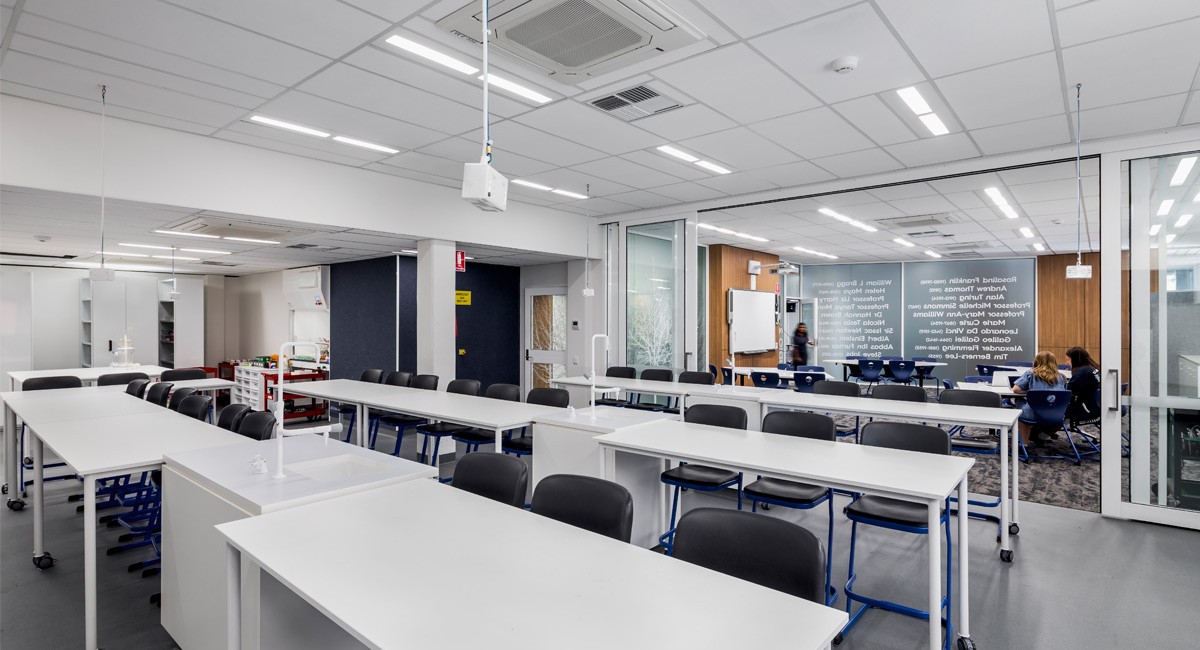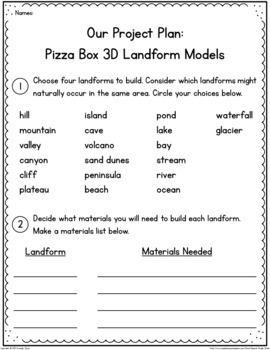

The company expects it will be the final test run before Virgin Galactic can open up rides for paying customers after years of promises and missed deadlines.Īlso on the horizon is the prospect of a Michelin-starred meal served at the edge of space, 15.5 miles (25 kilometers) above the Earth’s surface. Virgin Galactic, the suborbital space tourism company founded by British billionaire Richard Branson, is gearing up for its first flight to the edge of space in nearly two years in late May. The world of privatized spaceflight is getting busier and bolder. With care and monitoring, Dodd hopes to keep these trailblazing missions operating for years to come.

But in a general sense, they’re very healthy for how old they are.” So, they’ve failed differently over time.

“One has lost its hearing, and it needs some hearing aids, and another one has lost some sense of touch. “I kind of describe them as twin sisters,” Dodd said. Suzanne Dodd, Voyager’s project manager at NASA’s Jet Propulsion Laboratory in Pasadena, California, calls them her “senior citizens.” Their long-distance cosmic treks weren’t planned - the two spacecraft were originally designed to operate for four years. These record breakers are the only two human-made objects outside the protective bubble of our sun, sending back priceless data about interstellar space. The Voyager space probes took off in 1977.

The Voyager proof test model is a replica of the twin Voyager space probes that launched in 1977. Erin Flynn-Evans, the lab also conducts simulated space missions to understand how crew members might perform when sleep is restricted while living on Mars or the moon. Proper shut-eye in zero gravity can be challenging, and astronauts on board the International Space Station struggle with sleep issues just like people on Earth.įortunately, the Fatigue Countermeasures Laboratory at NASA’s Ames Research Center in Mountain View, California, is developing tools to help astronauts overcome sleep challenges. NASA requires that astronauts get 8½ hours of sleep per night on missions to avoid long-term sleep loss, fatigue-induced errors and health complications. Getting a good night’s rest can make all the difference.
#Project stem update#
The scientists involved said the update will improve our ability to diagnose disease and understand the genetic variants that lead to ill health, among other advances. The original human genome was predominantly based on one anonymous individual, who responded to an ad calling for project volunteers that appeared in The Buffalo (New York) Evening News in March 1997.Įach person’s genome varies slightly - by less than a percentage point compared with that of the next person - but many genetic variants remain hidden to researchers because of the reliance on a single reference genome.Ī new “pangenome” incorporates the DNA of 47 individuals from every continent except Antarctica and Oceania. Researchers have released the first human pangenome, a higher-quality and more inclusive reference that will help better detect genetic disease.


 0 kommentar(er)
0 kommentar(er)
